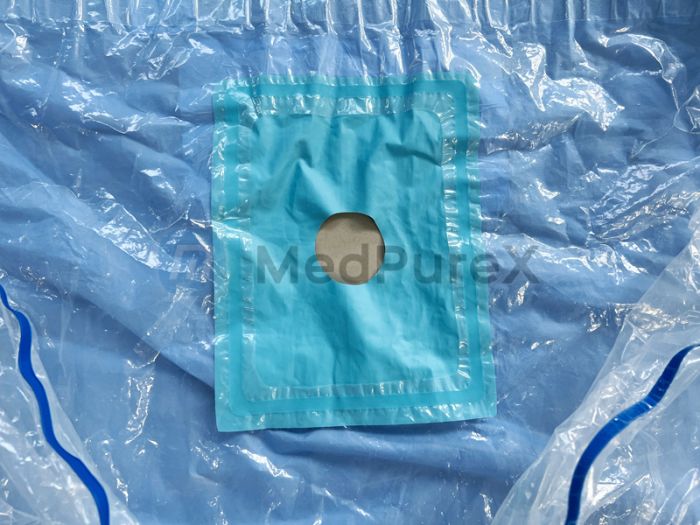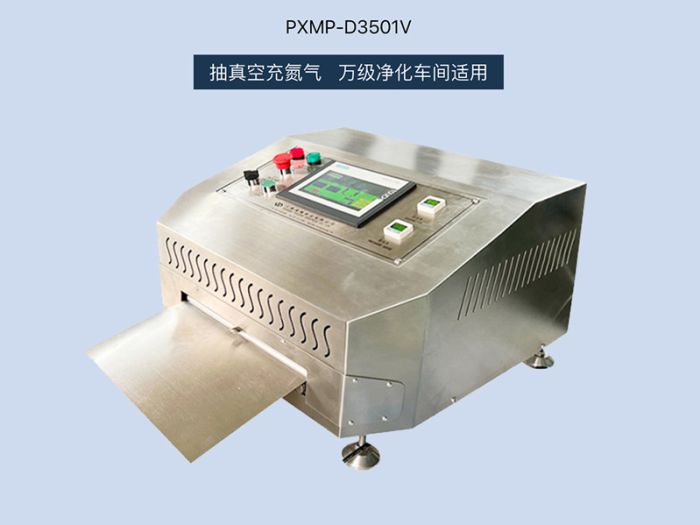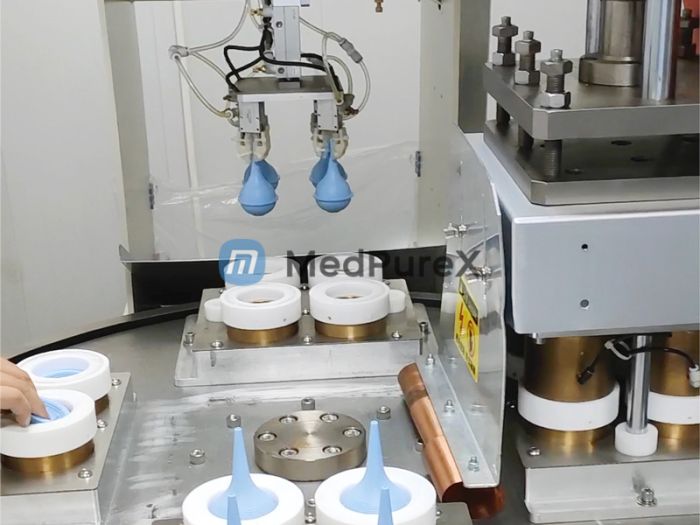Specific requirements for quality control during the welding process of blood bag tube openings
1. Quality control before welding
Material acceptance and pretreatment
Material consistency: Welding materials (such as PVC welding rods) must be from the same batch and formula as the pipe body to avoid embrittlement or delamination of the weld due to material differences.
Cleanliness control: The pipe mouth and welding area need to be wiped with 75% medical alcohol to remove oil stains and electrostatically adsorbed particles (such as dandruff and fibers). Residue detection must meet ISO 14644-1 Class 7 standard (≥0.5μm particle number ≤352,000/m³).
End surface treatment: After the pipe mouth is cut, the end surface flatness (deviation ≤0.3mm) and verticality (angle deviation ≤0.5°) need to be checked to prevent weld cracking due to stress concentration.
Equipment calibration and verification
Temperature control: The high-frequency welding machine needs to calibrate the temperature sensor with an error of ≤±2℃, and the thermocouple needs to be inspected regularly (once every 6 months).
Pressure stability: The welding pressure must be stable within ±2% of the set value, which can be monitored in real time and automatically compensated by the pressure sensor.
Equipment cleaning: The welding mold needs to be cleaned daily to avoid residual materials from carbonizing and contaminating the weld.
2. Welding process quality control
Real-time monitoring of process parameters
High-frequency welding: It is necessary to record key parameters such as temperature (180-200℃), pressure (0.2-0.3MPa), and time (1-2 seconds). When the range is exceeded, the equipment will automatically alarm and shut down.
Ultrasonic welding: It is necessary to monitor the amplitude (50-70μm) and holding time (1-1.5 seconds) to avoid cold welding due to insufficient energy or excessive vibration causing pipe wall rupture.
Parameter traceability: Each batch of welding records must be kept for at least 5 years, including material batch number, equipment parameters, operator and other information.
Process abnormality handling
Weld defect identification: The appearance of the weld (such as bubbles, charring, and flash) is monitored in real time through the visual inspection system, and the machine will automatically shut down when the defect rate exceeds 0.1%.
Equipment failure response: Establish an emergency plan for equipment failure. If the high-frequency generator fails, the backup equipment must be switched within 10 minutes to avoid welding interruption and pipe mouth oxidation.
3. Post-welding quality control
Sealing test
Airtightness test: Inflate to 0.2MPa, maintain pressure for 30 seconds, and the pressure drop is ≤0.005MPa to be qualified (the standard is stricter than the ≤0.01MPa required by ISO 11607).
Liquid penetration test: Immerse the weld in the dyeing liquid, apply 0.1MPa pressure, and no penetration within 10 minutes is qualified (applicable to high-risk products).
Sampling ratio: The sampling ratio of each batch is ≥3%, and unqualified products must be 100% re-inspected and the reasons must be traced.
Weld strength verification
Peeling test: Use a tensile machine to peel at a speed of 50mm/min. The weld fracture position should be on the pipe body rather than the weld (peeling strength ≥15N/15mm).
Burst test: Inflate until the pipe body bursts, record the bursting pressure (need ≥300mmHg) and the bursting position (should be on the pipe body rather than the weld).
Microbial barrier test
Place the weld samples at 37℃ and 90% relative humidity for 14 days to detect microbial penetration (refer to ISO 11607 method).
The positive control (unwelded pipe mouth) requires 100% penetration, and the negative control (qualified weld) requires 0 penetration.
Conclusion
The quality control of blood bag pipe mouth welding needs to be carried out throughout the whole process. Through precise parameter control, equipment stability maintenance, test method upgrade and personnel capacity improvement, ensure that the welds 100% meet the medical grade sealing and strength requirements. In the future, it is necessary to combine intelligent technologies (such as AI visual inspection and parameter adaptive adjustment) to further improve the efficiency and accuracy of quality control.



